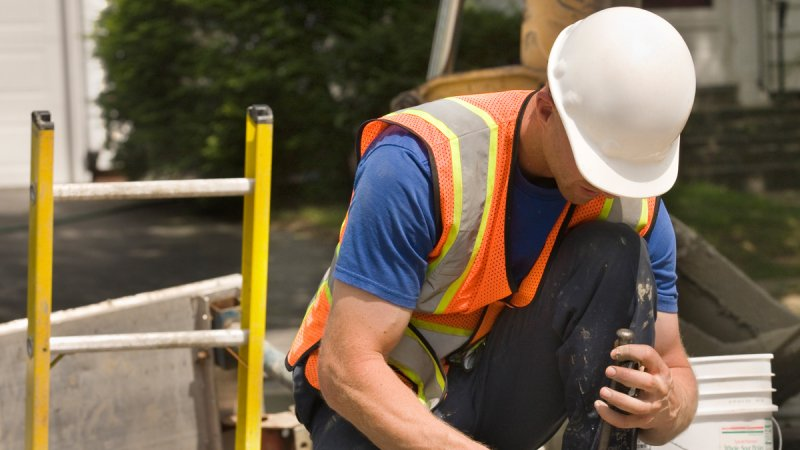Our related Courses
When most people think of “working at height”, they might picture construction workers high on scaffolding or window cleaners up ladders. Though these situations do of course count, the true definition is far broader than that.
The Work at Height Regulations 2005 (WAHR) are the main piece of British legislation around the topic. They state that work that takes place “at or below ground level” is covered by the laws just as much as above ground work at height. In fact, any task where a fall might cause an injury falls within the remit of the WAHR.
What Counts as Working at Height, at or below Ground Level?
When considering the definition of working at height as “anything involving a potential fall liable to lead to personal injury”, it’s clear it covers many projects that might take place below ground.
Below-ground excavations, cleaning out a dry swimming pool, and climbing a ladder down a hole are just three examples. A fall into a well, for instance, could potentially cause serious injuries, just in the same way as a fall from scaffolding to the ground could. In law and in terms of an employer’s duty of care to its workers, both sorts of situation should be considered with the same level of seriousness.

Keeping Workers Safe during Ground Level Working at Height
In August 2018, air ambulance services were called to a Glenrothes construction site after a worker fell down a hole and became trapped after catching his leg on an object. He suffered leg injuries, but the emergency services were able to release him before he came to any serious harm. This case illustrates the importance of keeping workers and the public safe from falls from height, whether they take place above or below ground level.
If there is a hole on site, it needs to be cordoned off, preferably with sturdy railings. There should be clear signage and workers who don’t have to be near the hole should be kept at a safe distance. For those who do need to work in or around the hole, there should be safety features such as netting or safety harnesses – but these are a last resort and employees must receive good quality training.
It’s helpful to conduct thorough research into the different kinds of fall arrest and fall prevention options and to decide which would work best in the circumstances. Generally, passive safety protections (i.e. those that work regardless of human behaviour) are preferred over active precautions or ones that rely on people following a set protocol.
Many of the steps employers need to take to protect workers during ground level working at height are the same as the ones they need to take when the work is above ground:
Risk Assessments – A complete risk assessment needs to be drawn up along with a thorough safety plan for the project. All hazards should be identified and their corresponding control measures recorded and monitored to decide how effective they are.
Employee Feedback – The people conducting the work at height should be asked for their input, as they’re likely to have the best idea of which safety measures the work requires. Checking back over any near misses or minor accidents in the past can also give an indication of which areas pose the biggest potential dangers.
Provide the Right Equipment – It’s an employer’s responsibility to provide all the necessary equipment to carry out the job well and safely. This covers access equipment such as ladders and platforms, which must be inspected very regularly to ensure they’re always in good working order. It also covers personal protective equipment (PPE) for all workers.


